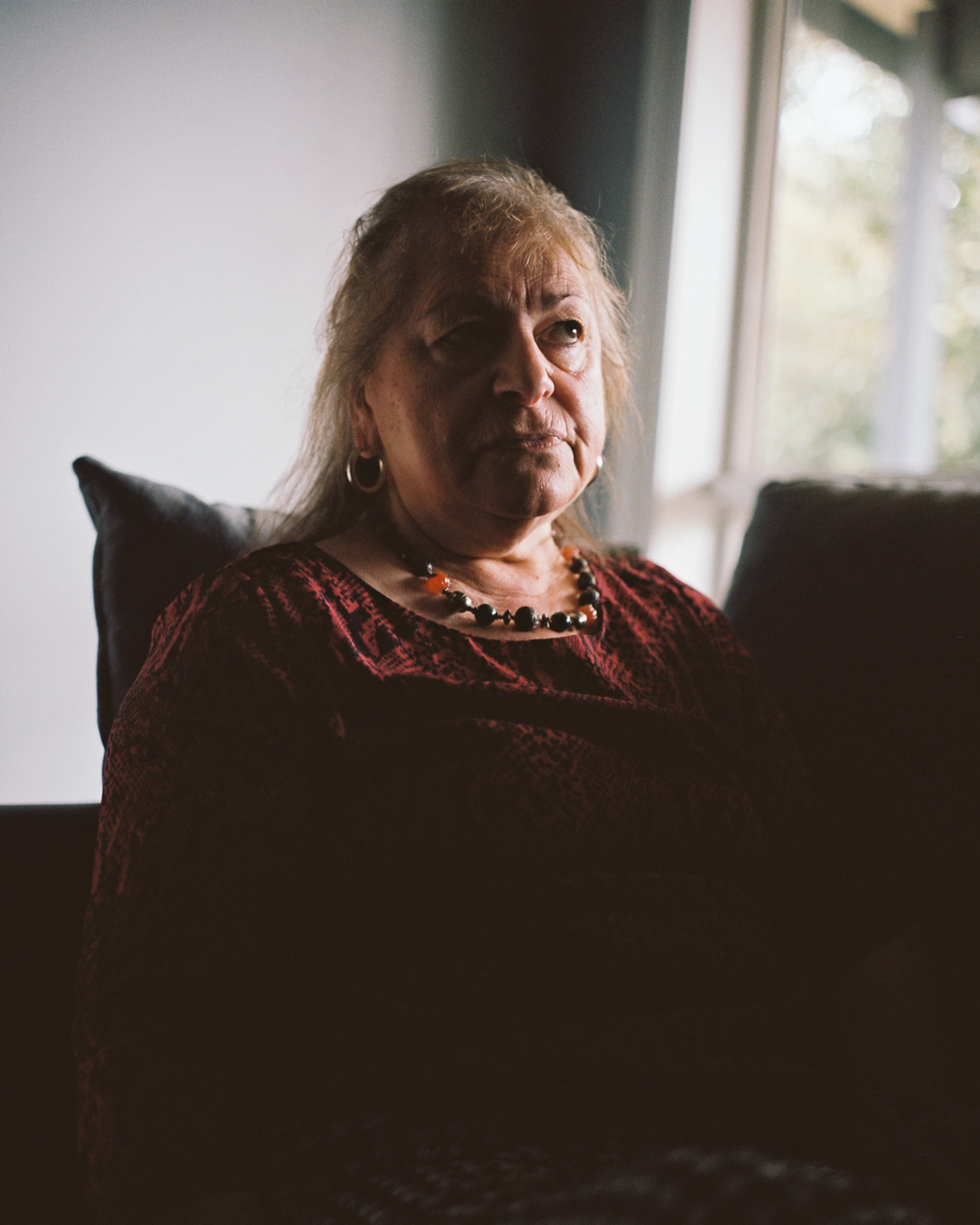Much is written about photography and it’s the effect on the subject and viewer but seldom is the same attention given to the person behind the camera. When dissecting a photograph the photographers motivations may be questioned, technical prowess admired, but not often is the emotional effect of making the image on the person releasing the shutter discussed. However in my experience a photograph is a remnant not only of what stands in front of the camera but of the person who presses the shutter.
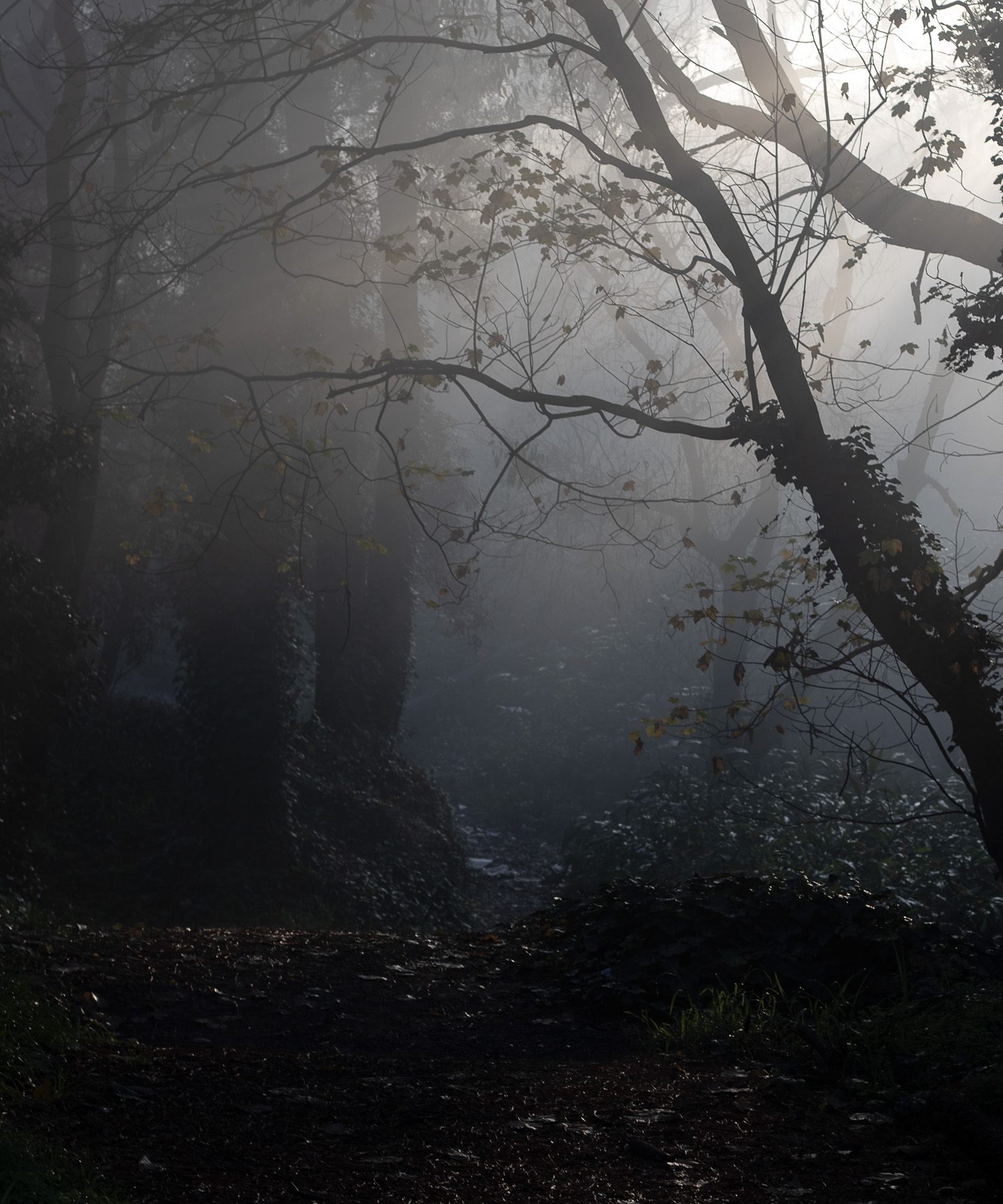
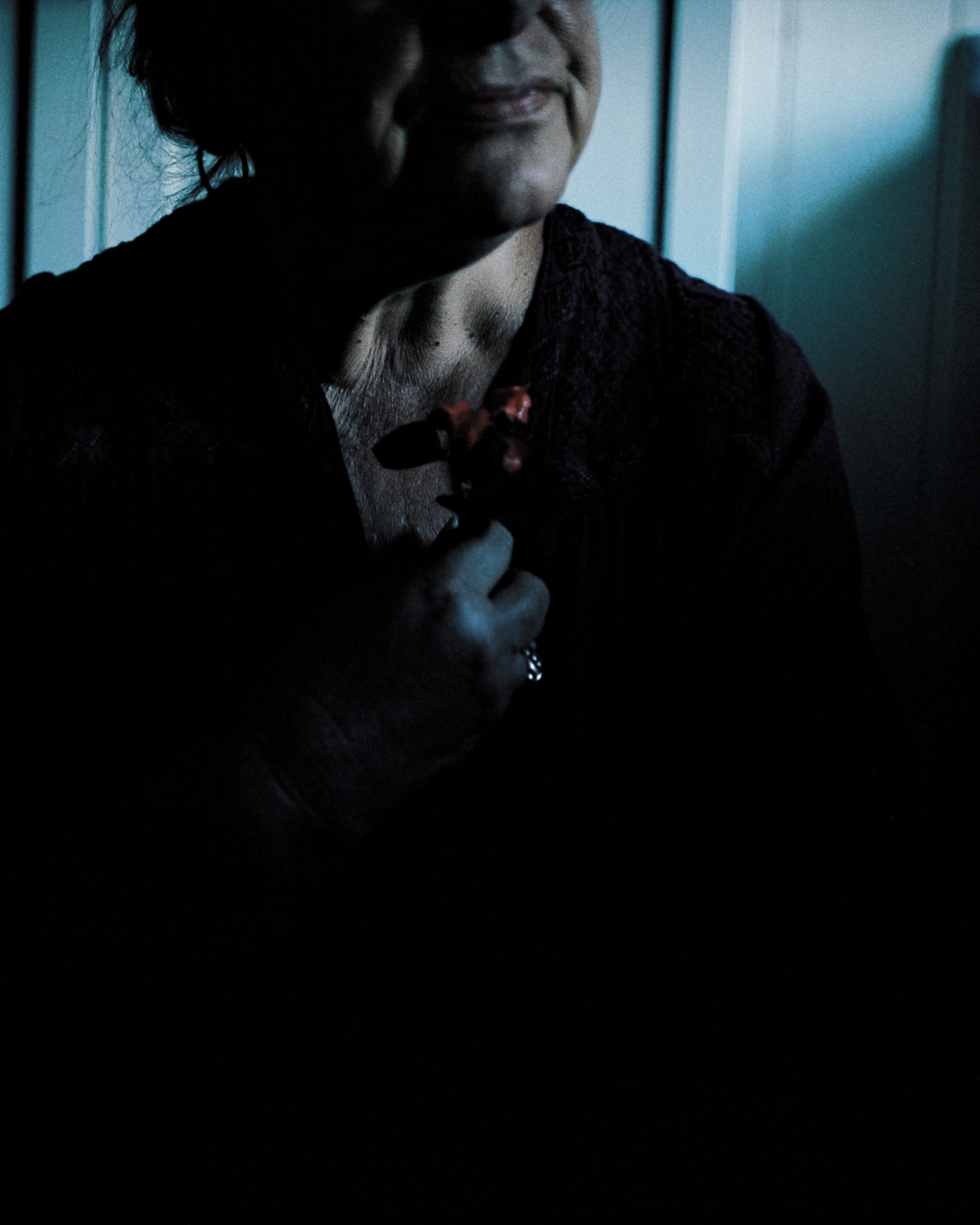
Before this work my practice as a photographer has spanned nearly 20 years dedicated to photographing people. My professional career was a hybrid form of photojournalism and editorial- always photographing complete strangers on short deadlines. My documentary practice had also centred around photographing people- I have built long form bodies of work based around relationships struck up with people I was curious about. Beginning with a cold call, I would visit the home or boarding house or hospital where a person was living. The people I photograph are not professional models, their willingness to pose for the camera is intertwined with their willingness to sit for me.
The people I have photographed, need to feel at ease in order for me to work with them. As such I began to think how I presented this version of myself —open minded, patient, and cheerful—as my best self. An amplification of my best traits with none of my bad.
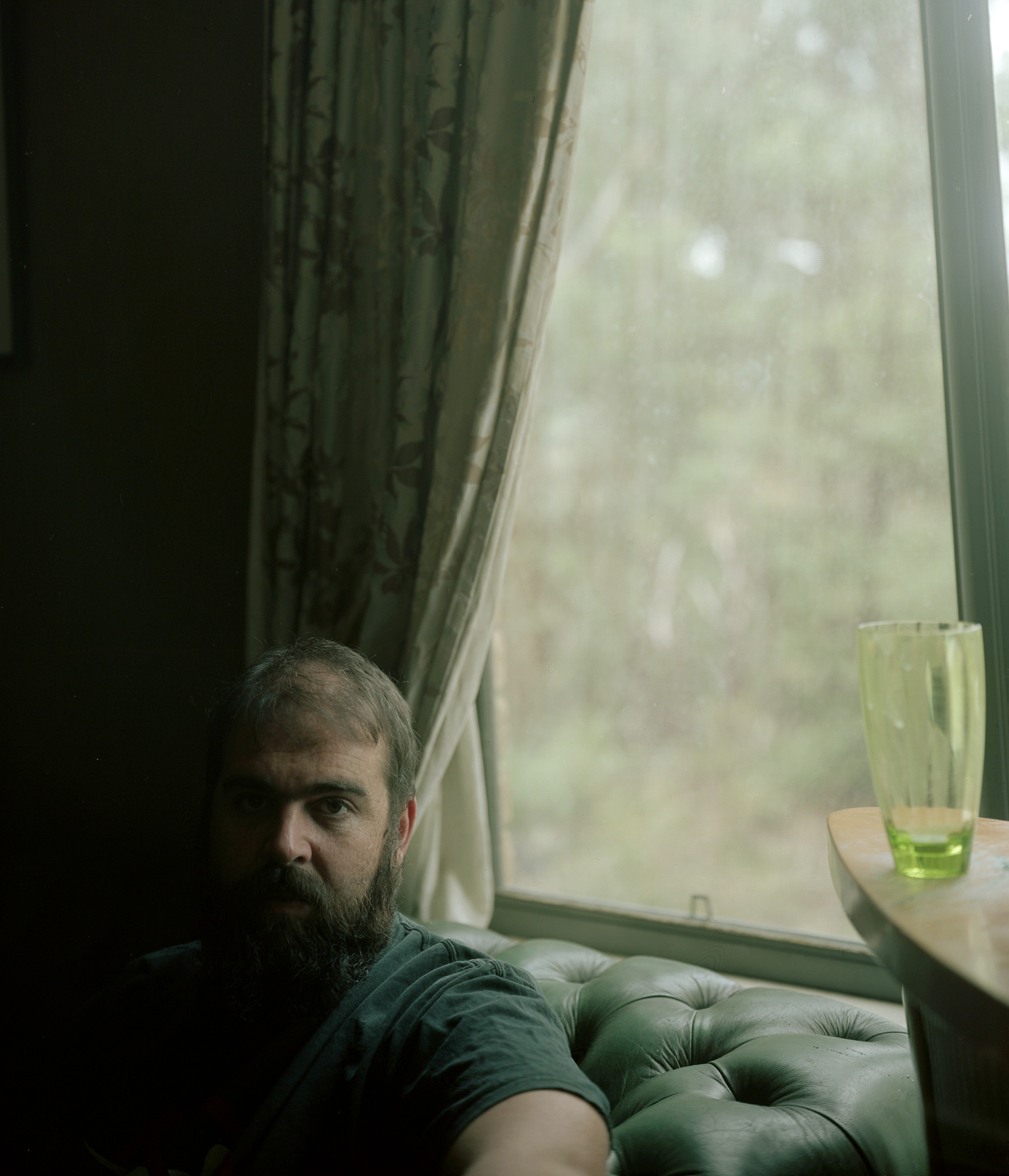
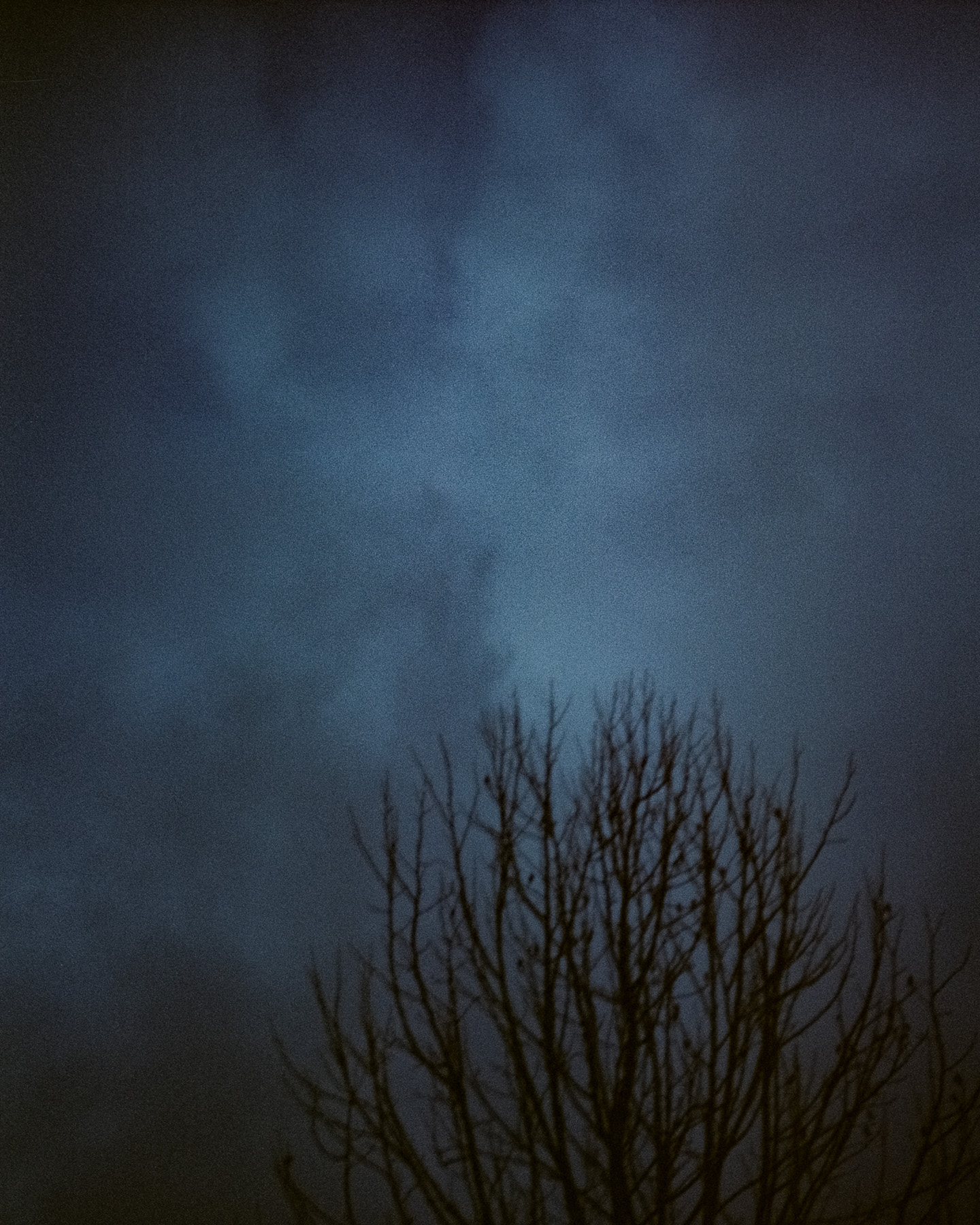
Kindness, patience and empathy as important to creating the image as having film in my camera.
The language of photography states photographers’ take or capture a photo. By presenting this performance of self, the process is softened allowing the sitter to be more at ease, whilst I make the image.
In 2019 I began to photograph my life in an attempt to understand the growing unrest in me. The forest surrounding where I was living, my husband, and my animal familiars. The images were the first I had made in many years that had no dedicated audience, no linear narrative but the work came pouring out of me.
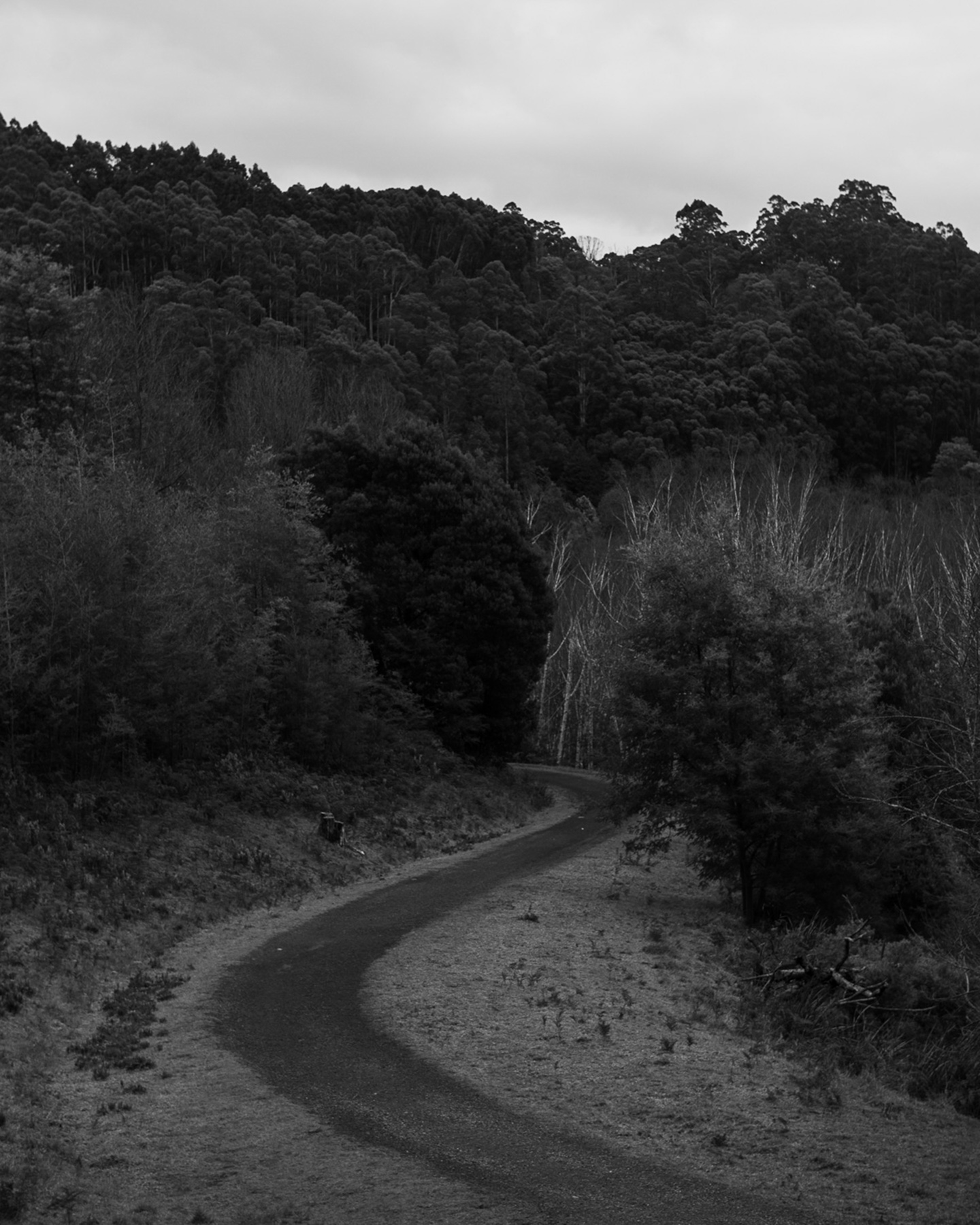
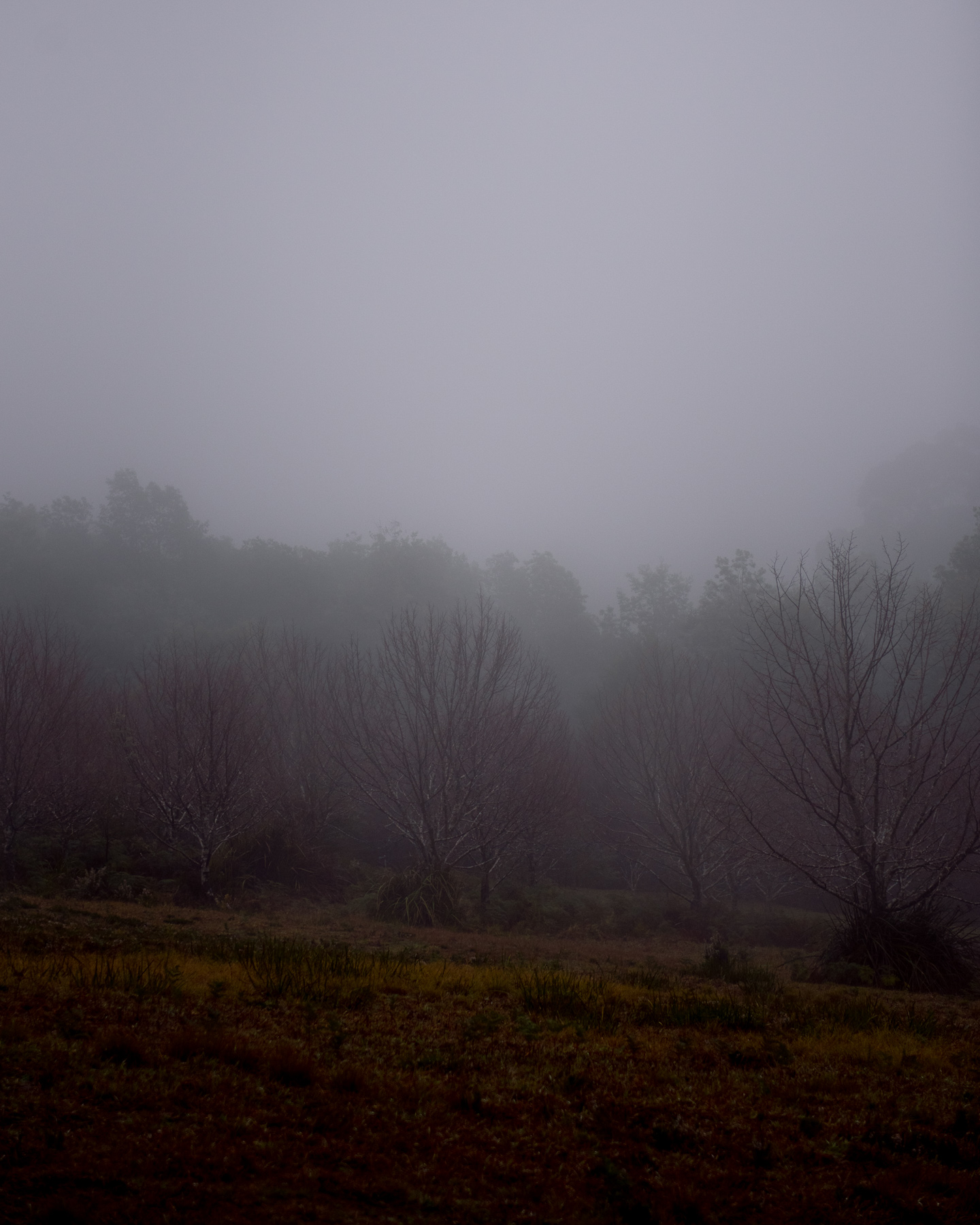
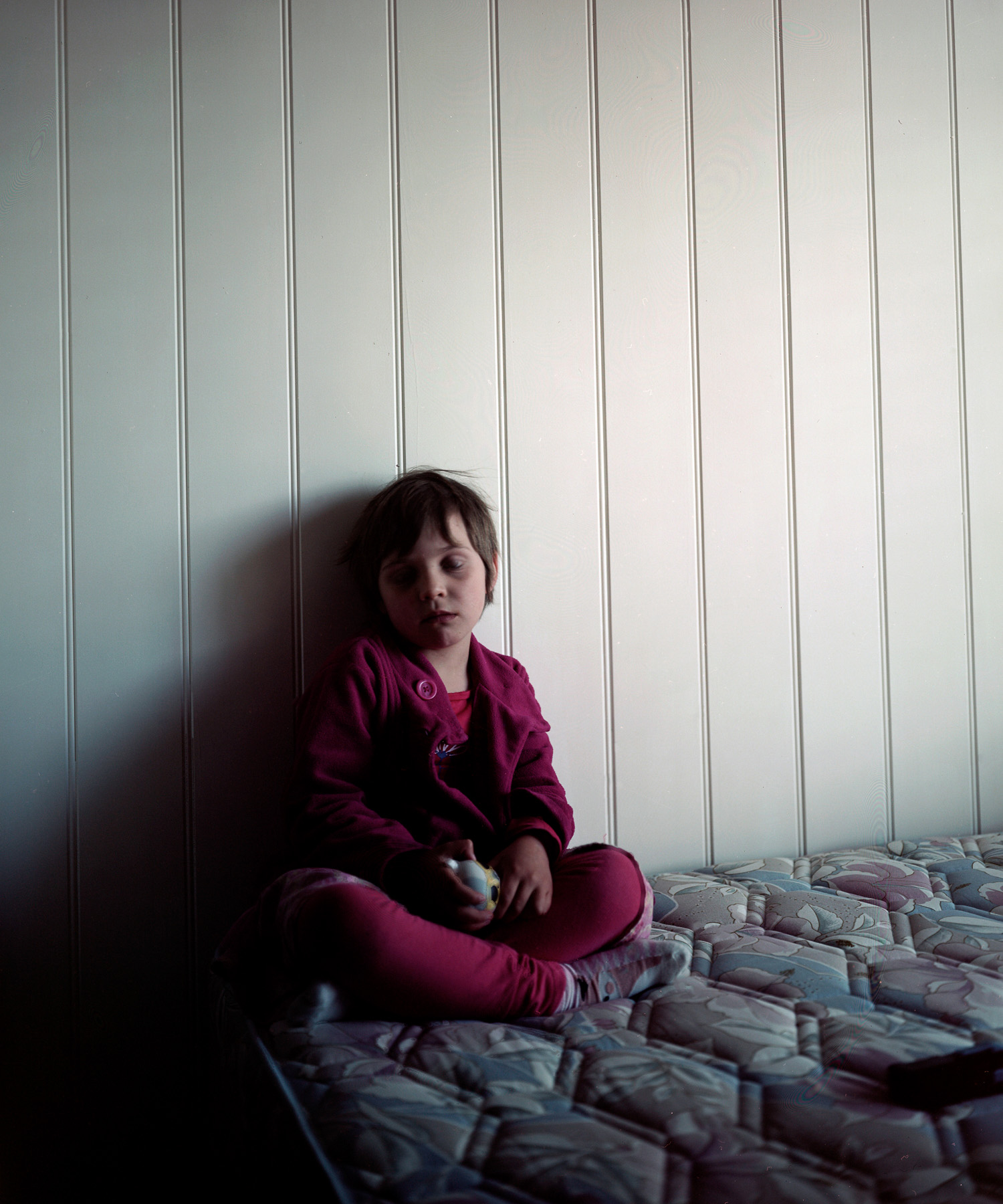
In making work about my own life for the first time I could hold a camera silently. No performance was not needed, I could quietly and quickly steal images with no consequences. The difference in making work was startling-no longer needing to put anyone at ease other than myself. During this time, feeling untethered, trying to use photography as my anchor it occurred to me that the natural progression of this work would be to photograph my family, from whom I had been estranged for a decade after the death of my father torn through our already fractured relationships.
When it came time to open up communication with my family, nervous as I was a sort of muscle memory kicked in and simply presented my best self as I had in my years of photographing strangers. These qualities in place of my passive anger made space for dialogue when there had previously only been silence. As a result, and over the two years of the project, All the things unsaid resulted in something beyond catharsis. The process of making these photos was reparative.
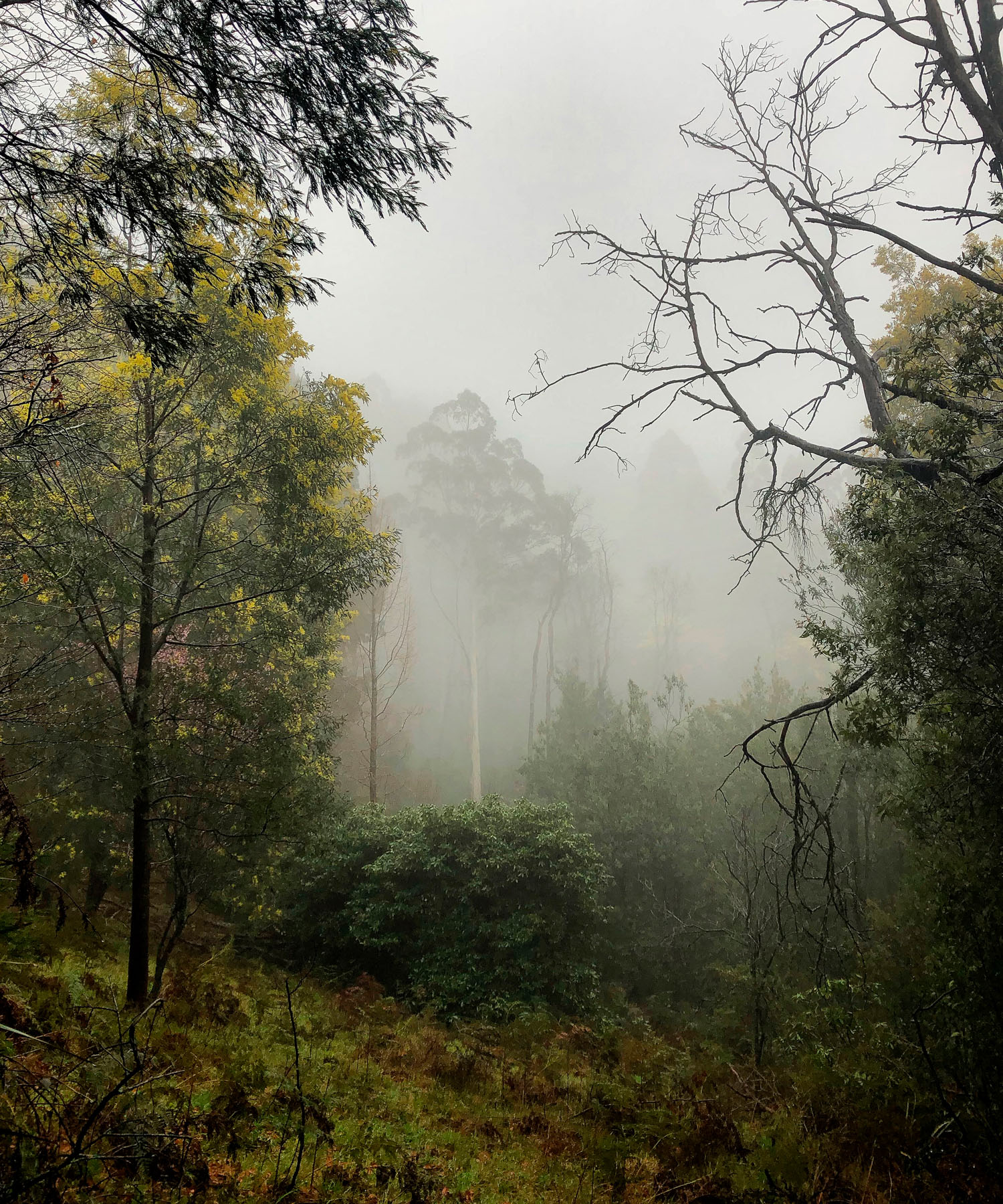
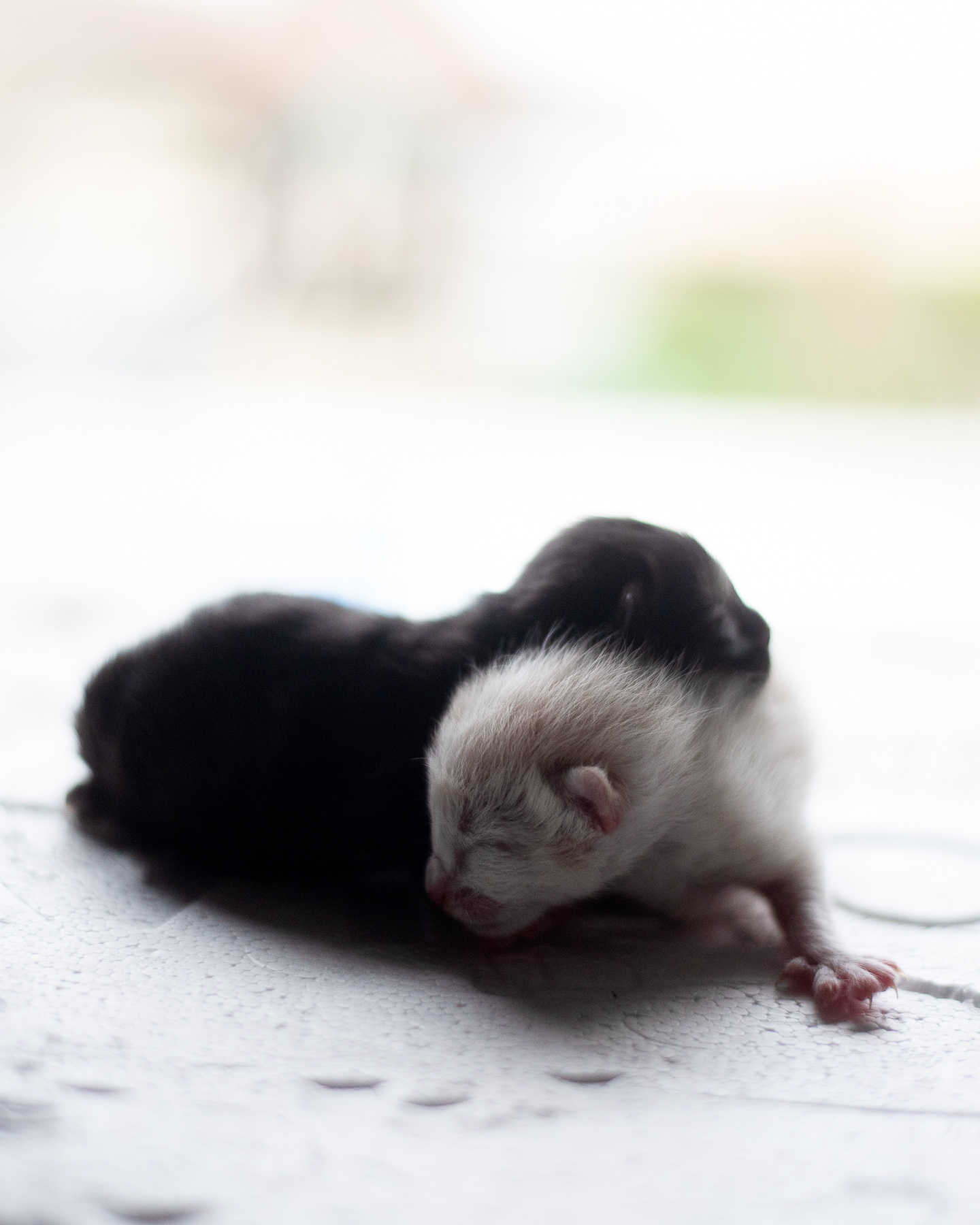
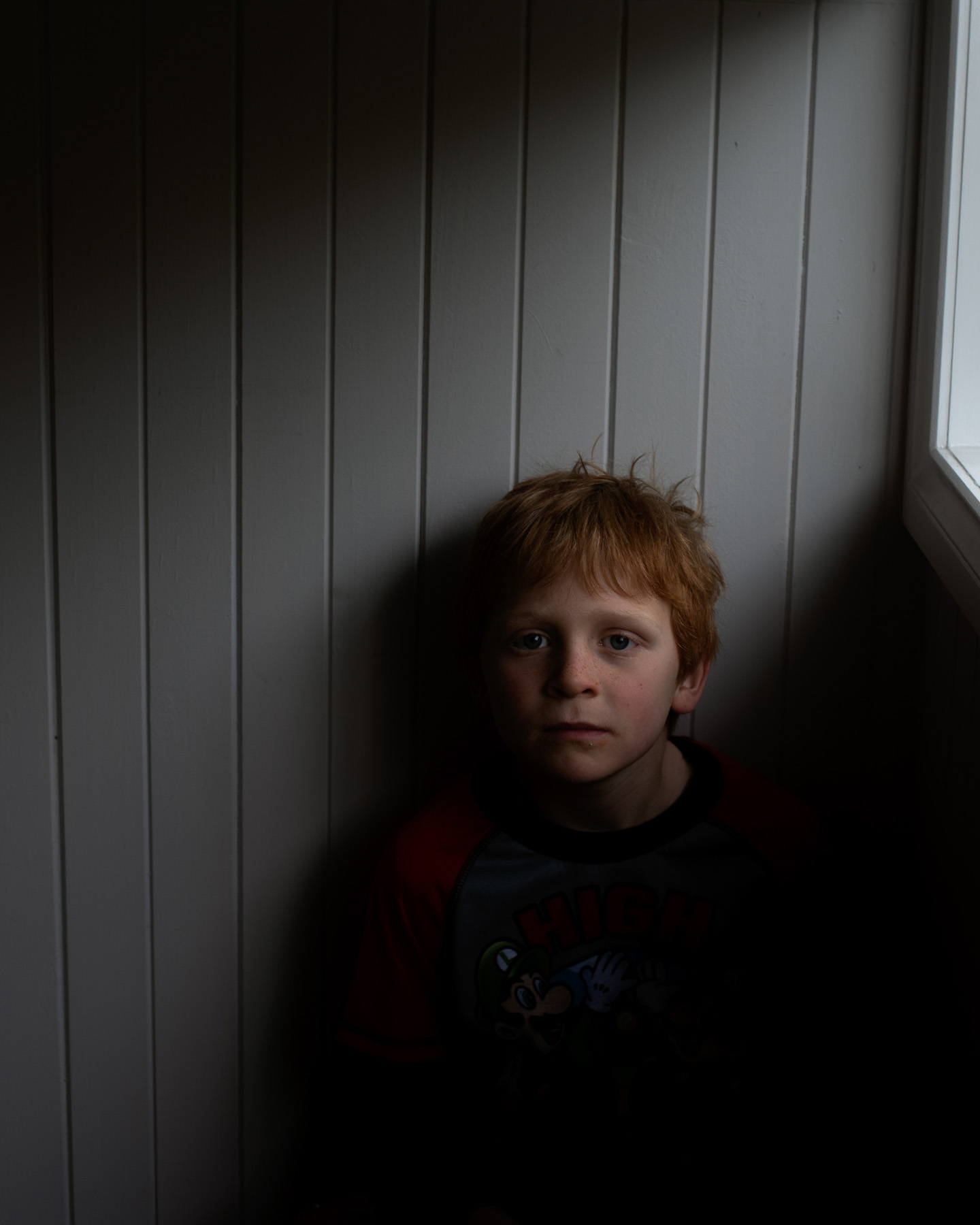
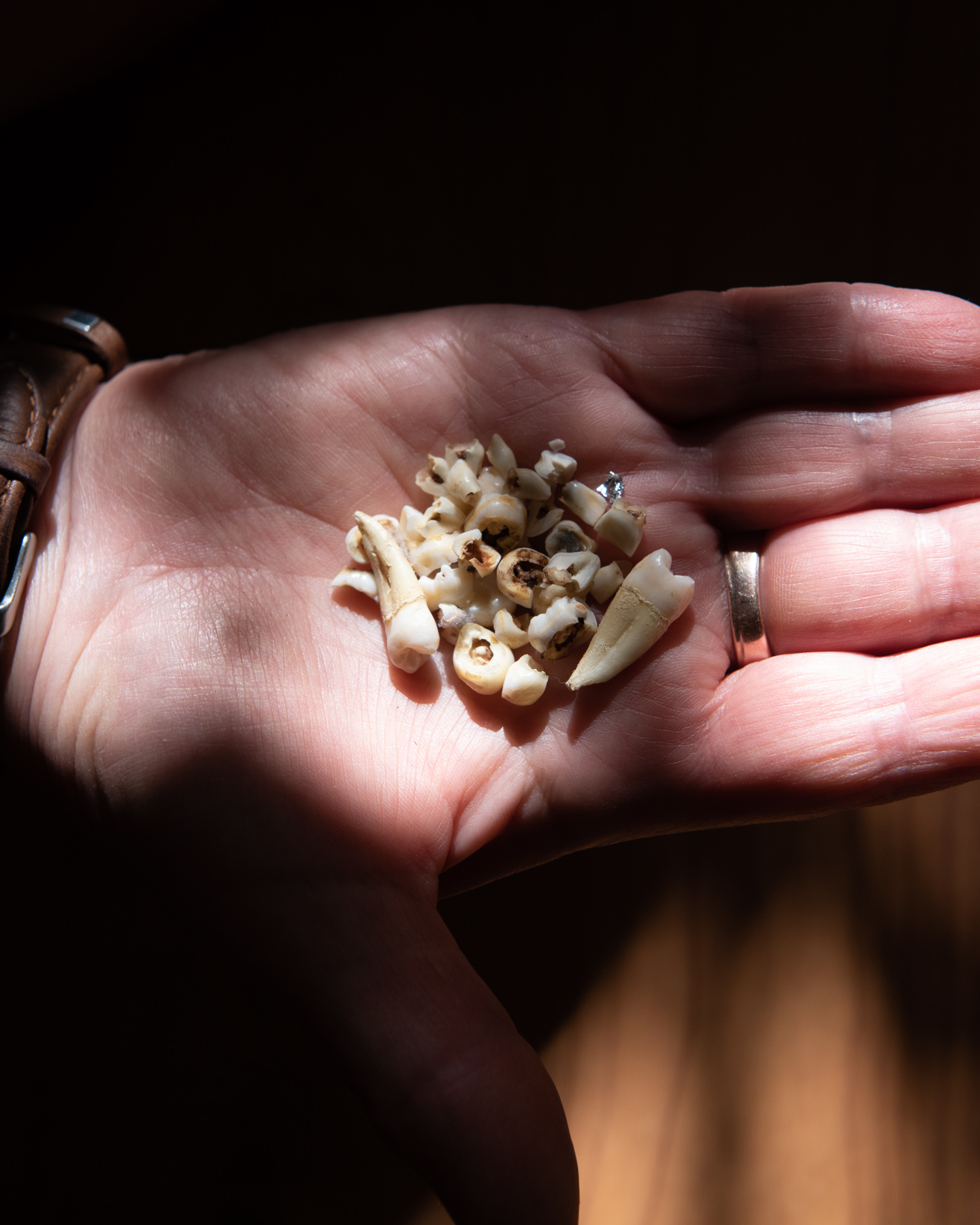
I could not scold my mother if I wanted her to pose for my photos, I could not continue with a wall of silence against my brother if I wanted to know his children. The camera served as the perfect shield. Under the dark cloth I could remain hidden, by presenting ‘my best self’, my most open minded, empathetic, and perceptive self, whilst sitting in an intimate space with others. Acting this way towards my family was cathartic for me, and helped me halt disruptive behaviours. It began to change my perception of my mother and brother – to see my family as people, not characters in my life. The need to photograph became the perfect ruse to spend time with my family, the large bulky camera a distraction that allowed vulnerability from both parties.
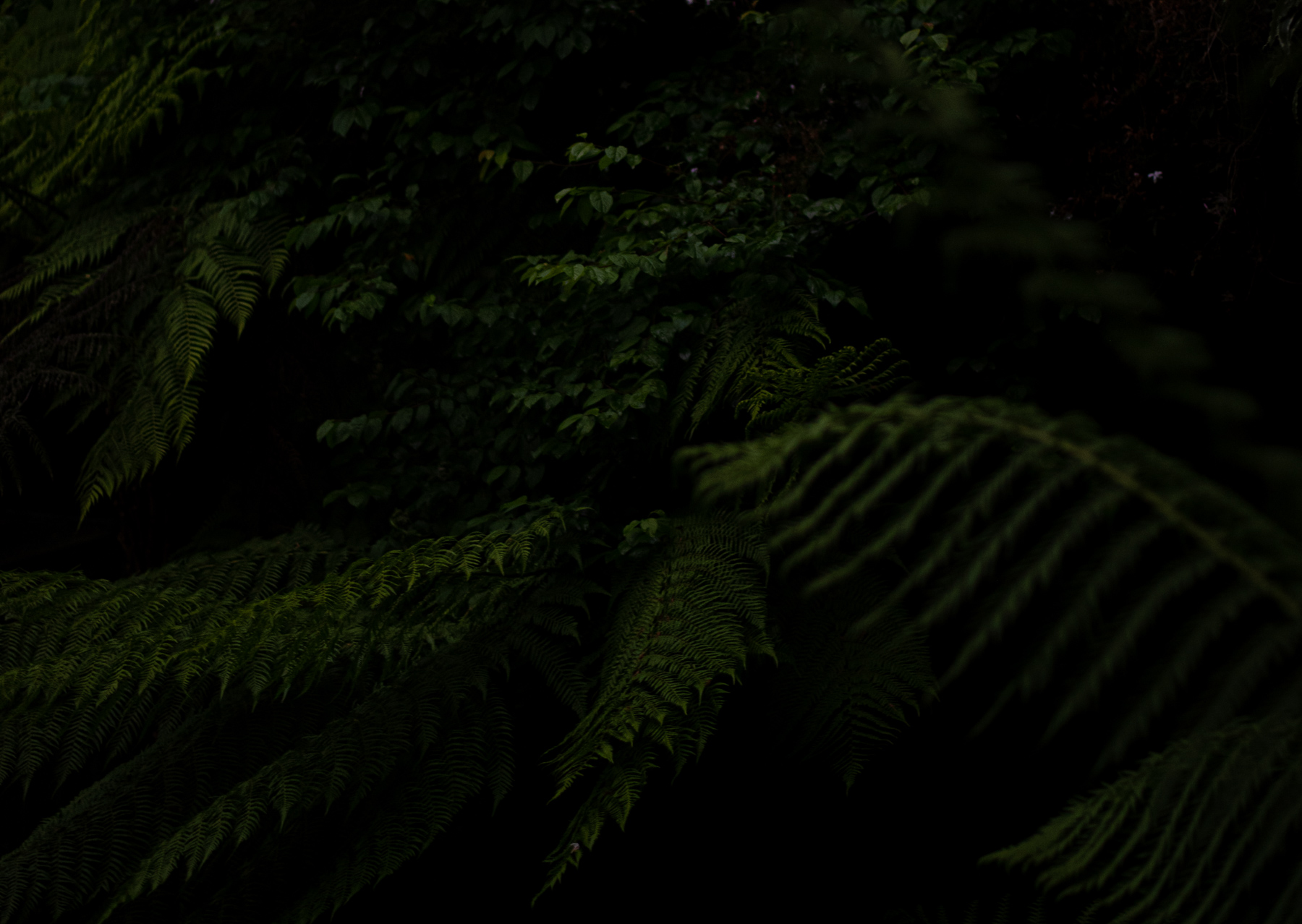
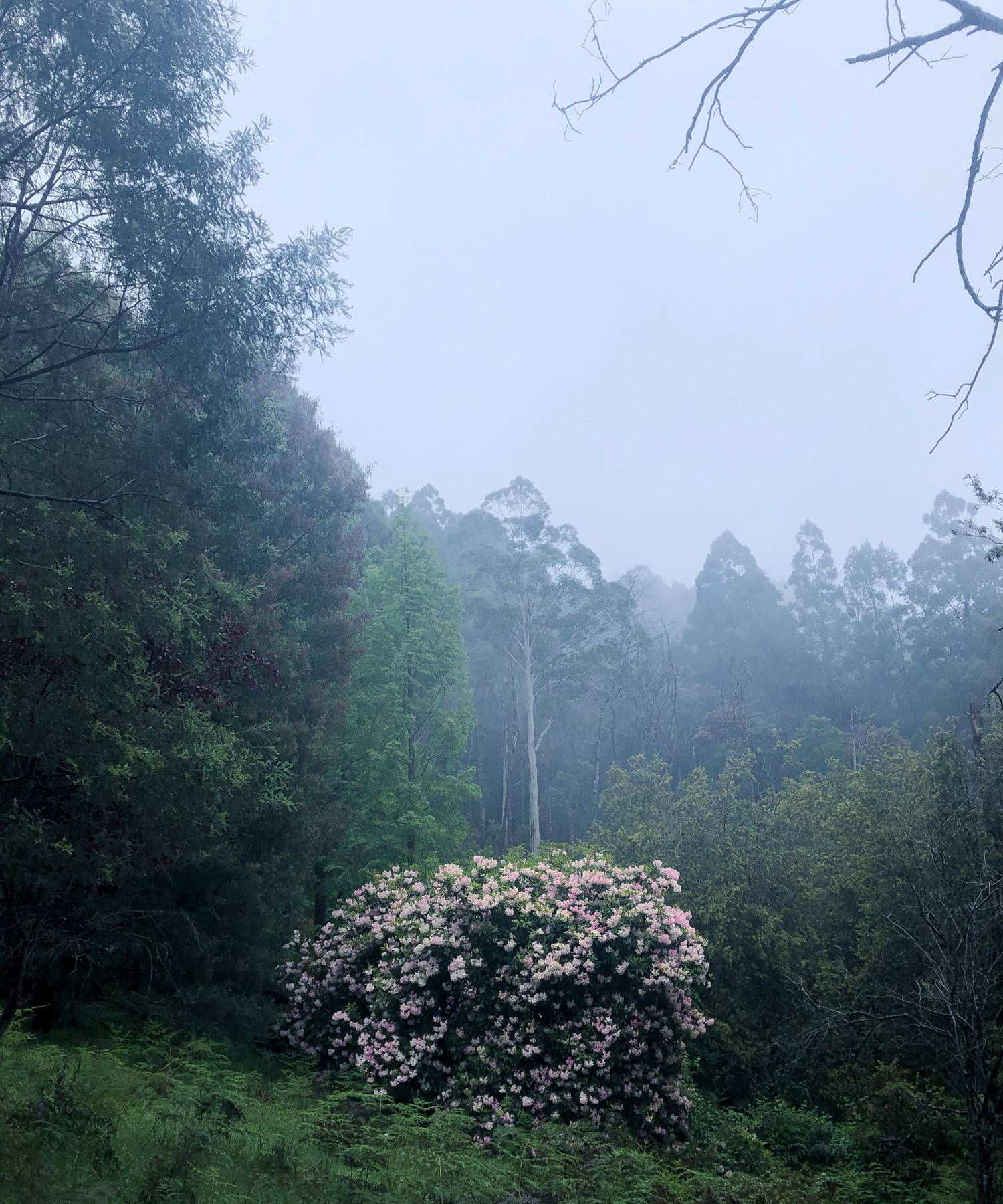
The size and weight of the camera created an uncomfortable physical experience for me whilst my family could sit comfortably in front of the camera gazing into the lens, avoiding the discomfort of looking into my eyes.
The final work presented includes my brother and his two children. The images of him, made after a decade of estrangement, are dark with literal heavy tones. In contrast his children are photographed in moments of play. In photographing them a relationship has been initiated that has not existed in their lifetimes.

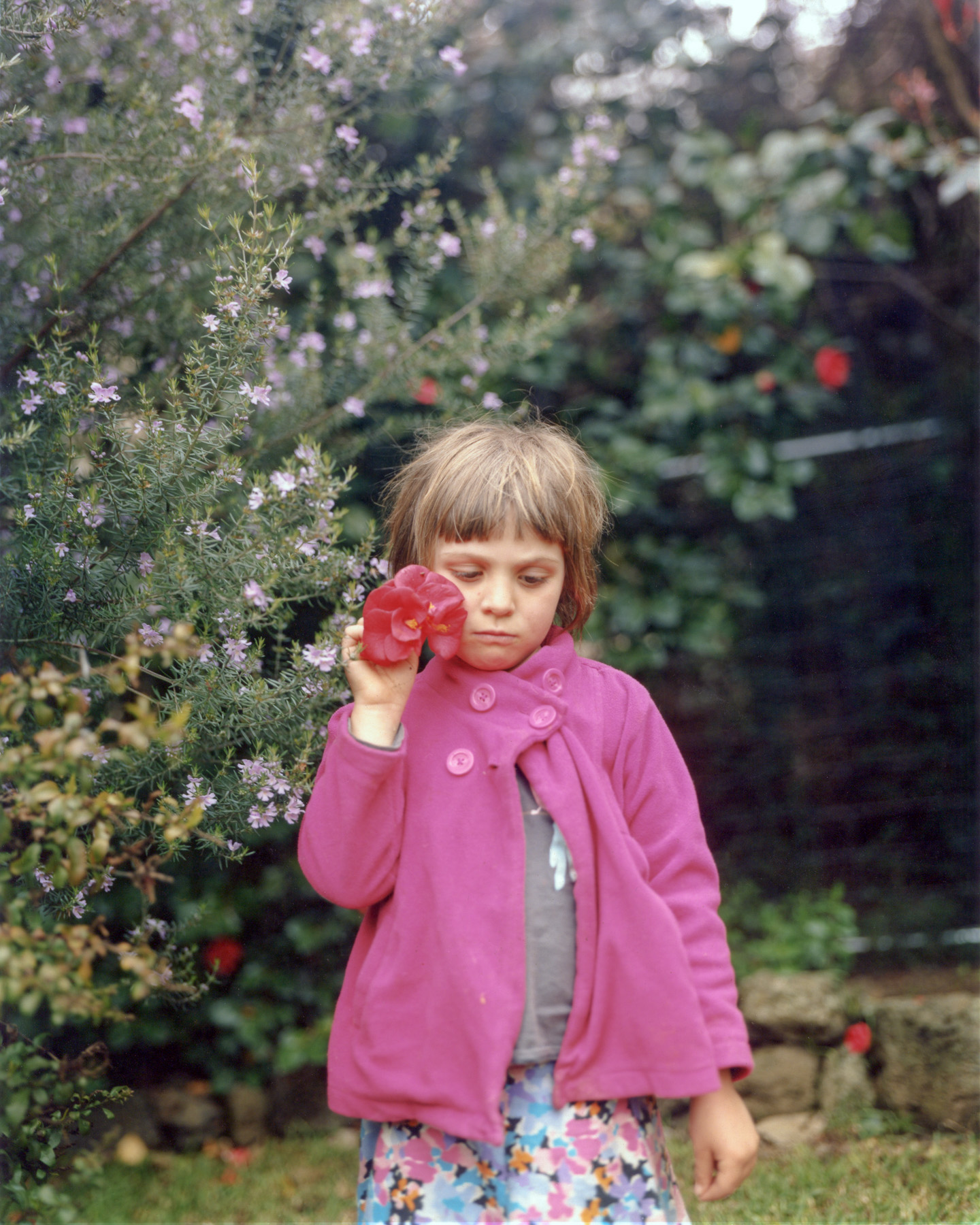
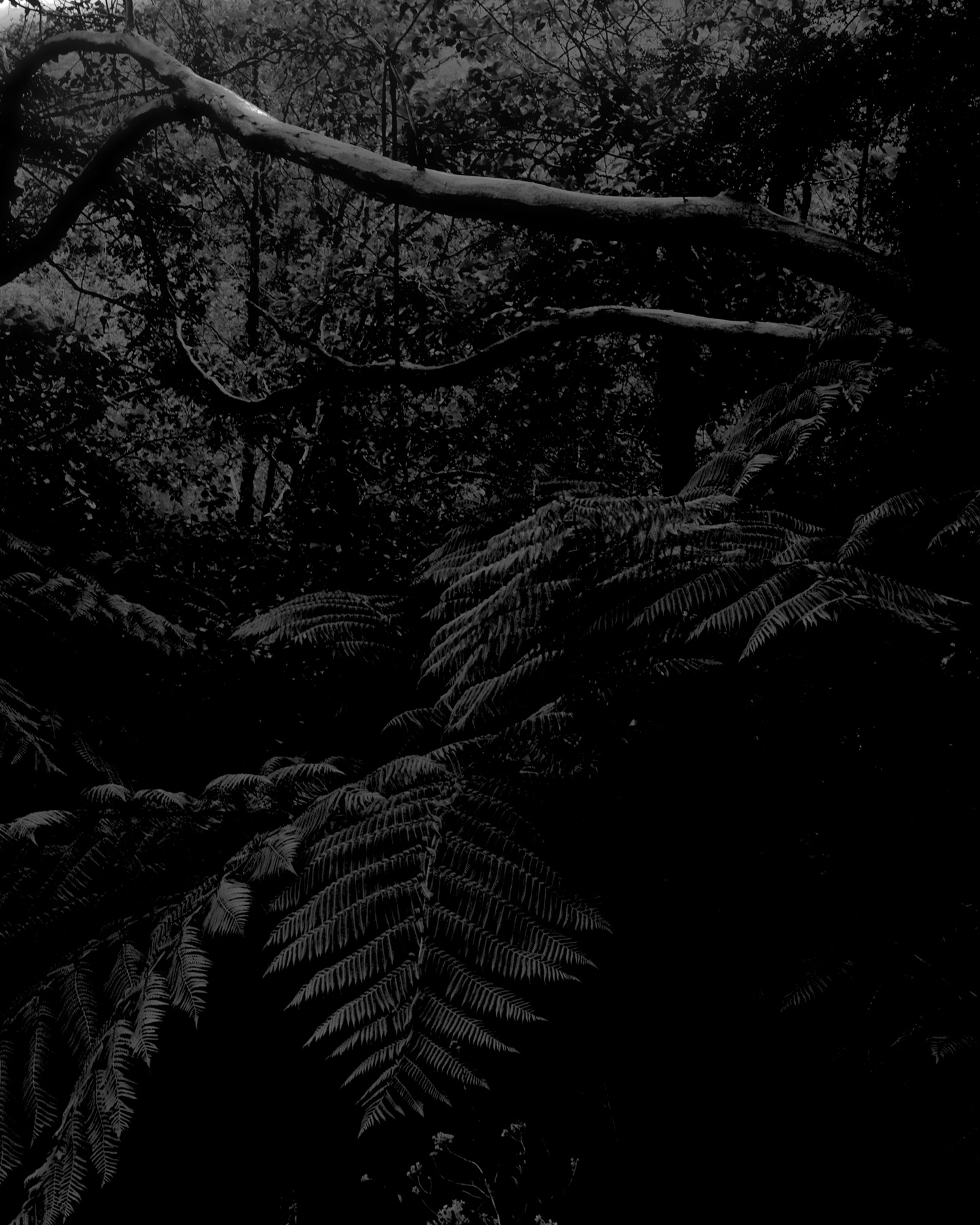
The act of making photos encouraged intimacy. My niece would sit on my lap to look through the camera that was focused on her father, my nephew cheerfully passing me dark slides so I could make images. The trauma of my family’s history has not tainted these relationships. The images of the children, their willingness to perform for their aunty, are a testament to that.
These images are not candid moments of celebration, but rather laborious intentional captures. Having their own motivations for participating in my images, my family agree to the process, their consent is being photographed. It is an offer of reconciliation. In this way, portraiture becomes an act of mediation and trust, which is intrinsic to the creation of intimate portraiture.
All the things unsaid, photobook flick-through
In her book Family Frames – Photography narrative and post memory, Marianne Hirsch asks ‘If looking entails a relationship of power, of domination and subjection, of mutuality and interconnection, how is power deployed and contested within the family’s visual dynamics?’
The size and weight of the camera created an uncomfortable physical experience for me whilst my family could sit comfortably in front of the camera gazing into the lens, avoiding the discomfort of looking into my eyes. The power had shifted, I was as vulnerable behind the cameras as they were in front of it (maybe more)
The act of making an image becomes the invisible foundation of image every image made.
